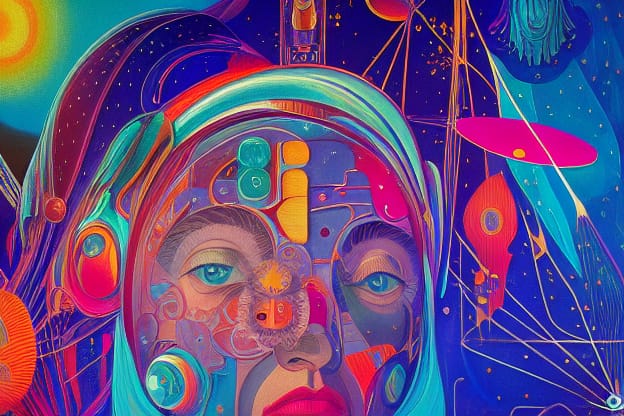There’s a lot we don’t know about the future of digital money. There’s still fuzziness about its full utility, how it will be regulated, or how it will impact legacy systems.
But what we do know is that digital money is inevitable. Digital systems are more cost-efficient, easier to scale, and eliminate friction found in traditional systems (especially in large organizations or bureaucracies).
In some regards, applying digital systems to money should be a slam dunk. On the surface, it seems like a perfect match. After all, we all handle money regularly as a basis of survival. So why wouldn’t we want those experiences to be better, faster, cheaper, and more secure?
But moving money to completely digital systems (not just electronic versions of old-fashioned ledgers, which is a simplified way of understanding the current banking/money system), is way more complicated than say moving information systems, or even social communities to digital systems.
There are a lot of reasons why the move to digital money is complex. Probably among the biggest factors is that money and financial systems are some of the most regulated industries in the world. Second, most people have weird hang-ups about money in terms of trust or an unwillingness to try new things with money because of the risks involved.
But, we are living in a time when the foundations for the future of money — one of the cornerstones of how we organize and interact — are getting a reboot.
One of the posts this week looked at four competing frameworks for the future of digital money: Central bank digital currencies, tokenized deposits, fiat-backed stablecoins, and decentralized stablecoins. Sometimes these concepts are used interchangeably or lumped together to keep things easy.
CBDCs have recently become a political campaign issue for the upcoming US election cycle. In the background, several dozen countries are in the process of studying and designing CBDCS. Add to that: the continued positive performance and investment into bitcoin exchange-traded funds provides some level of legitimacy for digital assets to people working in traditional finance.
For more details and context, check out the full post:

One of the big takeaways from the frameworks of the future post is that an important spectrum is developing in terms of digital money.
On one side is digital money that requires permission to use, like the kind created by central banks and controlled by governments.
On the other end of the spectrum, decentralized assets operate based on permissionless systems, but have their own set of issues including the real risk of failure, ease of use, and security.
Another model for money: Universal Money Addresses
The second post this week looks at another vision for the future of digital money by unpacking the idea of a Universal Money Address Standard (UMA).
UMA is open source and leverages the Bitcoin Lightning Network, which is a scaling layer built on top of Bitcoin that enables easy-to-use and more cost-effective payment channels than just using the layer one for payments.
One of the biggest advantages of UMA, is that it makes using crypto super simple. A UMA address looks like an easy-to-remember email address instead of a long-form alpha-numeric public key, which is currently the norm for sending and receiving crypto payments.
The Universal Money Address idea is super interesting, but it still requires partnerships and integrations to provide the on-ramps and off-ramps for fiat to crypto and back again, which has always been a big challenge in the digital asset space.
Be sure to check out the UMA post, because even if this particular idea doesn’t get traction, it likely will provide a proof of concept for what the human-centered design elements of crypto could look like. Improving the overall user experience in crypto is key to continued adoption.

Just share this link to the signup: https://www.danielmcglynn.com/newsletter/
For more context and reading


Until next week,
What's the future of money going to look like?
This issue of the newsletter looks at the idea of the future of money from a few different angles and covers a range of options from central bank digital currencies to Universal Money Addresses.